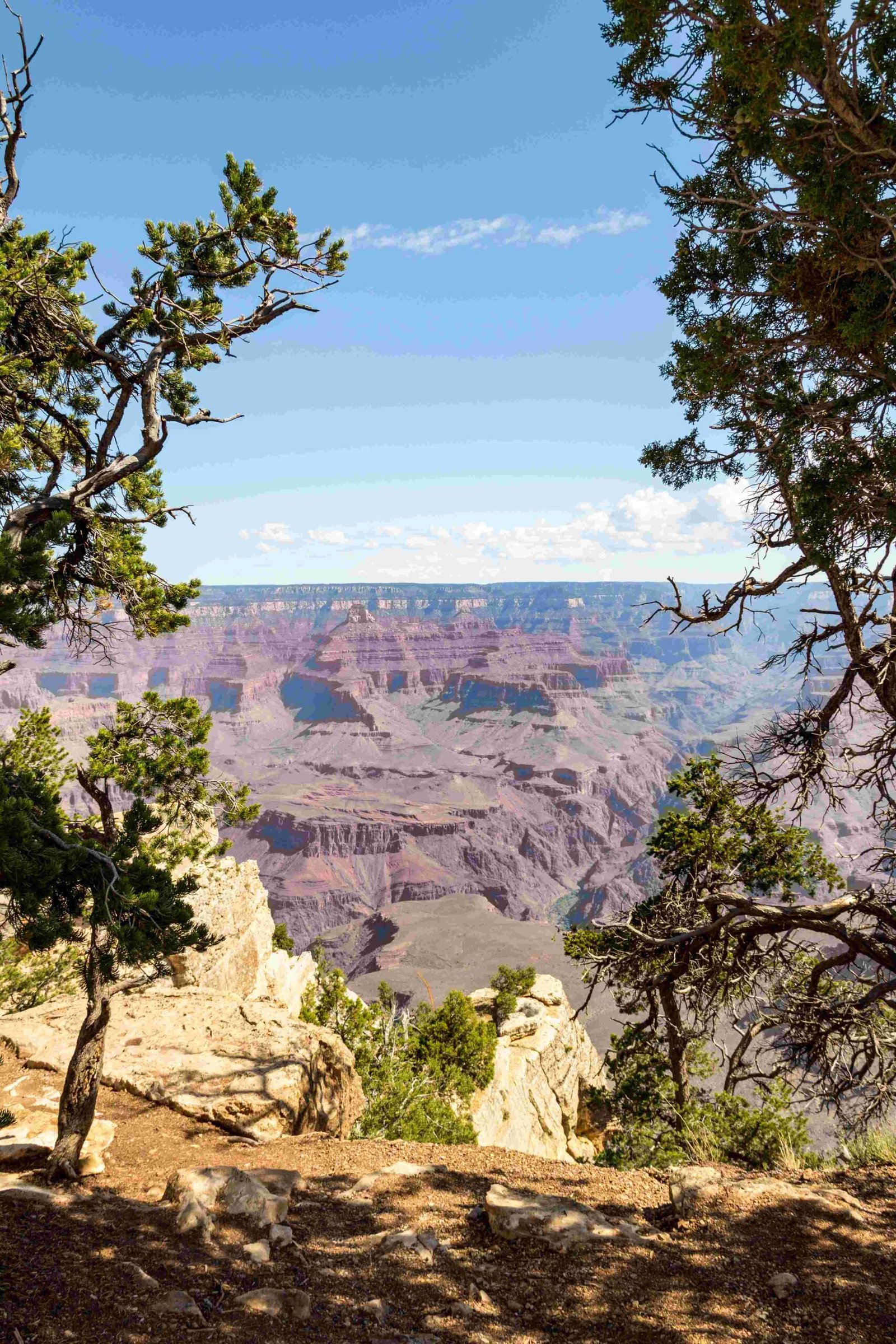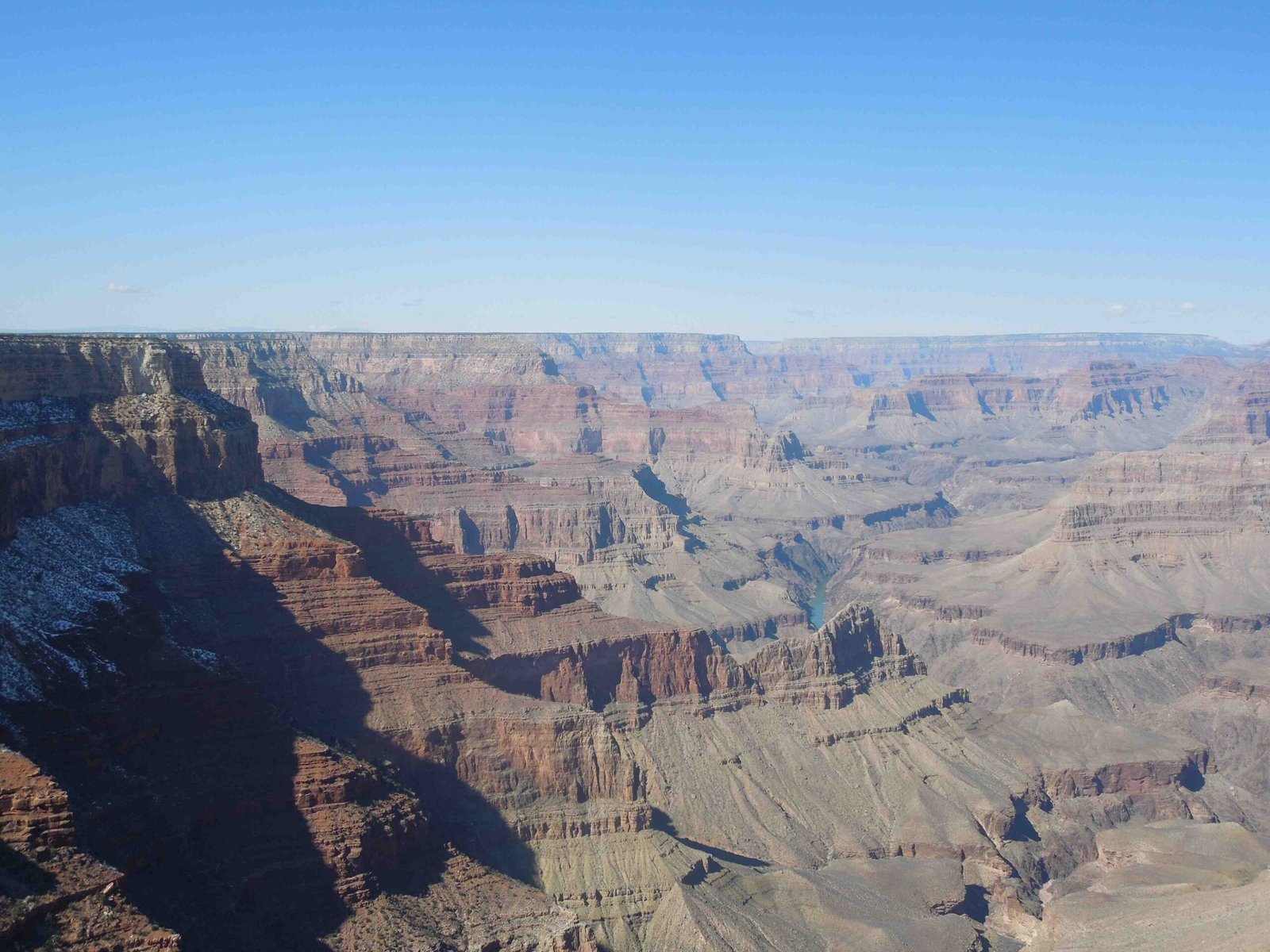The Grand Canyon Hermit Rapids represent one of the most exhilarating and challenging whitewater experiences in North America. Located at mile 95.5 of the Colorado River, this powerful rapid offers adventurers a heart-pounding journey through massive wave trains, complex hydraulics, and stunning geological landscapes that challenge even experienced river runners.
What Makes Grand Canyon Hermit Rapids Unique?

Hermit Rapids is not just another river challenge; it’s a legendary whitewater destination that demands respect, skill, and preparation. Situated within the breathtaking Grand Canyon, this rapid offers a combination of technical difficulty and natural beauty that attracts rafters and kayakers from around the world.
How Challenging Are the Rapids?
| Rapid Classification | Difficulty Level | Wave Height | Technical Complexity |
|---|---|---|---|
| Class IV to IV+ | High | 10-15 feet | Extremely Complex |
The rapids feature multiple significant wave trains, with the fifth and ninth/tenth waves being particularly notorious. At flow rates between 10,000 to 20,000 cubic feet per second, these waves can reach impressive heights, creating an intense and unpredictable river environment.
What Water Conditions Can Rafters Expect?
- Water Temperature: 45°F to 55°F (7°C to 13°C)
- Flow Rates: 10,000 to 20,000 cubic feet per second
- Seasonal Variations: Significant changes in water volume and temperature
Who Should Attempt Hermit Rapids?
Hermit Rapids is recommended only for:
– Experienced whitewater rafters
– Professional river guides
– Individuals with advanced kayaking skills
– Those with comprehensive river rescue training
What Equipment is Essential?
- High-quality, professionally maintained rafts
- Personal flotation devices (PFDs)
- Helmets
- Waterproof communication devices
- Emergency rescue equipment
- Appropriate cold-water clothing
How to Prepare for the Expedition?
Preparation involves multiple critical steps:
– Obtain necessary National Park Service permits
– Complete comprehensive river safety training
– Participate in guided expeditions with experienced outfitters
– Understand river dynamics and potential hazards
– Physical conditioning and swimming proficiency
What Are the Environmental Considerations?
The Grand Canyon ecosystem is fragile and requires responsible interaction:
– Follow Leave No Trace principles
– Minimize environmental impact
– Respect wildlife and geological formations
– Use designated camping areas
– Properly manage waste and personal equipment
What Are the Best Times to Visit?
| Season | Recommended Months | Temperature Range | River Conditions |
|---|---|---|---|
| Spring | April-May | 60-90°F | Moderate Flows |
| Summer | June-August | 90-115°F | High Flows |
| Fall | September-October | 70-85°F | Stable Conditions |
What Safety Precautions Are Crucial?
- Always raft with experienced guides
- Undergo comprehensive safety briefings
- Carry emergency communication devices
- Have multiple backup plans
- Understand individual and group rescue techniques
Conclusion

Grand Canyon Hermit Rapids offers an unparalleled whitewater experience that combines natural beauty, geological wonder, and extreme adventure. Proper preparation, respect for the environment, and advanced skills are essential for a safe and memorable journey.

